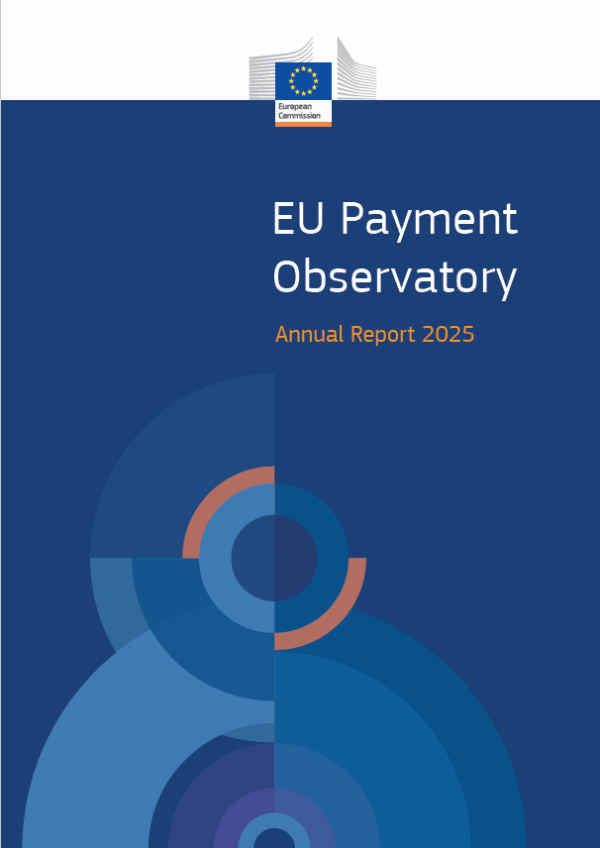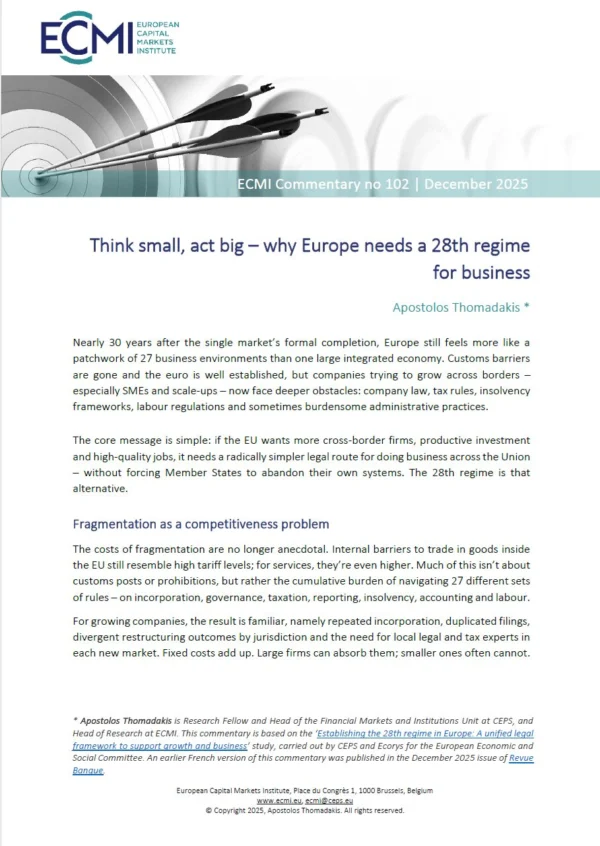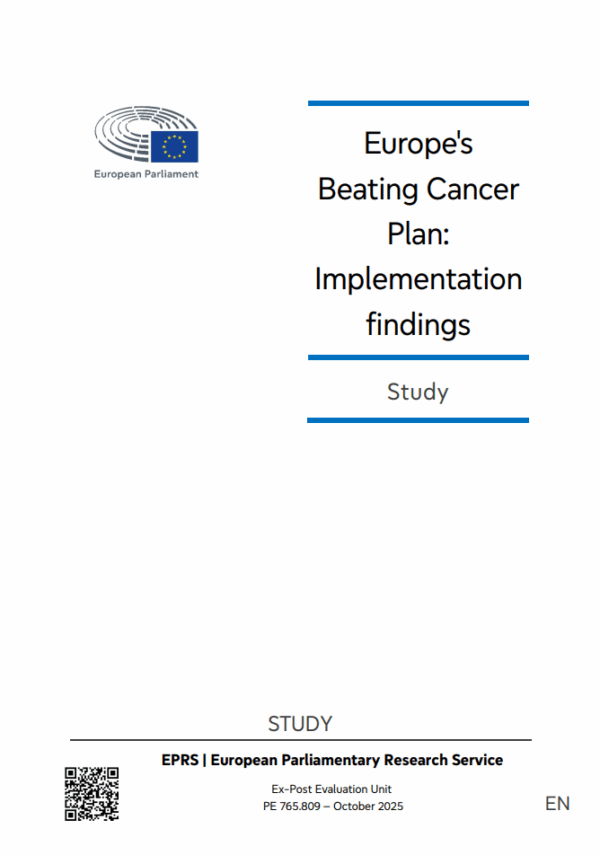In Finland, a clear policy objective in the long-term care debate is to increase possibilities for elderly people to live in their own homes for as long as possible. At the same time, the number of places in public sector old-age institutions is being cut, partly because institutional care is very costly.
There is a perception among policy-makers that living in an institution is associated with a lower quality of life than living in one´s own home, and they are probably right in assuming that people want to live in their own homes for as long as possible, if their health permits them to do so. Nevertheless, it is not entirely unlikely that policy-makers are confusing older people’s wishes to live in their own home with their wishes to maintain a good enough state of health to be able to live at home. When controlling for health and functional status, demographics and income level, authors Böckerman, Johansson and Saarni find that individuals who live in old people’s homes actually report significantly higher levels of subjective well-being than those who live at home.












